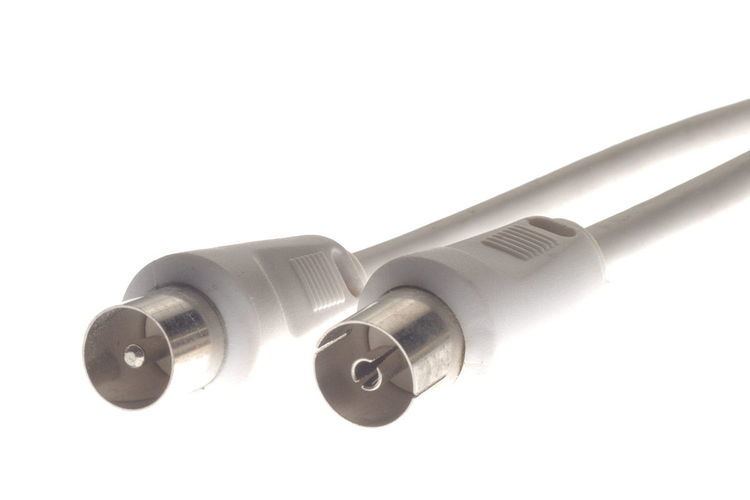Type RF coaxial connector | ||
 | ||
Designer Belling & Lee Ltd in Enfield, United Kingdom Designed Around 1922 (Belling-Lee) | ||
The Belling-Lee connector or IEC 61169-2 radio-frequency coaxial connector of type 9,52, known colloquially in countries where it is used as a TV antenna connector as a PAL antenna connector or simply as a TV aerial plug, is commonly used in Europe and Australia to connect coaxial cables with each other and with terrestrial VHF/UHF roof antennas, antenna signal amplifiers, CATV distribution equipment, TV sets, and FM and DAB radio receivers. It is one of the oldest coaxial connectors still commonly used in consumer devices.
It was invented at Belling & Lee Ltd in Enfield, United Kingdom around 1922 at the time of the first BBC broadcasts.
The "9,52" in the name "IEC 61169-2 radio-frequency coaxial connector of type 9,52" refers to the outer diameter of the male connector, which is 9.525 millimetres (0.3750 in).
In their most common form the connectors just slide together. There is, however, also a screw-coupled variant which is specified to have a M14×1 thread.
There is also a miniature Belling-Lee connector which was used for internal connections inside some equipment (including BBC RC5/3 Band II receiver and the STC AF101 Radio Telephone). The miniature version is only about 4.4 millimetres (0.17 in) in diameter.
